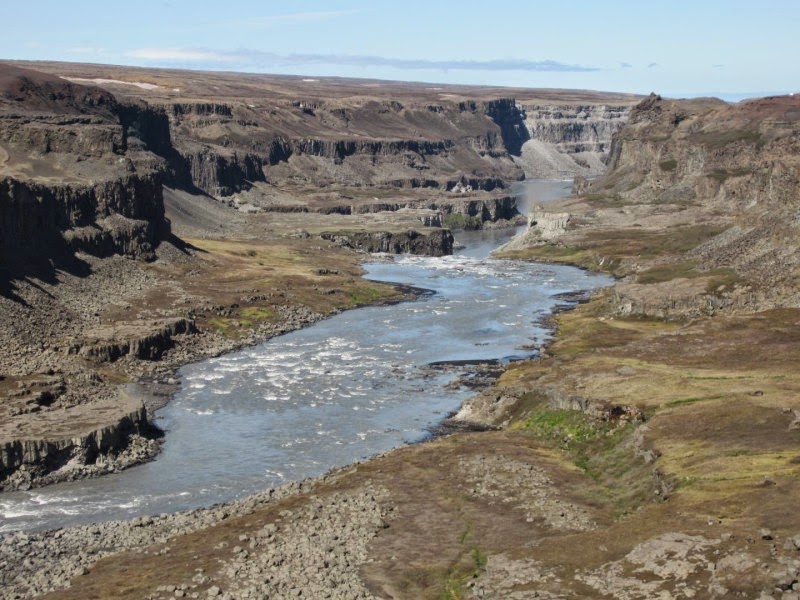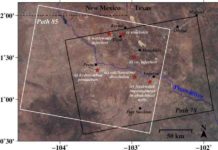
A massive canyon that is home to Europe’s most powerful waterfall was created in a matter of days by extreme flooding, new research reveals.
The Jökulsárgljúfur canyon in Iceland, which is 28 km long and 100 metres deep in places, was formed by a series of distinct floods that occurred thousands of years apart, a study shows.
Scientists analysed rocks along a 5km stretch of the canyon — which contains the Jökulsá á Fjöllum river and the mighty Dettifoss waterfall — to create a timeline of how the landscape was created.
They used geochemical analysis to determine how long rocks on the canyon walls had been exposed to the elements. This helped the team pinpoint how the position and shape of the landscape had changed over time.
Researchers connected major shifts in the landscape to a series of extreme floods, which took place 9,000, 5,000 and 2,000 years ago. The floods were caused by volcanic activity under glaciers, and each was powerful enough to tear up bedrock. They formed the canyon’s 100-metre walls and pushed three waterfalls, including Dettifoss, back upstream by as much as 2km during each flood.
Scientists from the University of Edinburgh, who carried out the study, say the findings demonstrate the long-term impact that extreme flood events can have on landscapes. The floods were triggered by eruptions from volcanoes beneath Vatnajökull, the largest ice cap in Iceland. One of these volcanoes, Bárdarbunga, has been active since August 2014.
Edwin Baynes, of the University of Edinburgh’s School of GeoSciences, who led the study, said: “We think of natural environments as being formed over thousands of years, but sometimes they are shaped very suddenly. This insight into one of Iceland’s magnificent landscapes helps us better understand these processes, and illustrates their legacy.”
Reference:
Edwin R. C. Baynes, Mikaël Attal, Samuel Niedermann, Linda A. Kirstein, Andrew J. Dugmore, and Mark Naylor. Erosion during extreme flood events dominates Holocene canyon evolution in northeast Iceland. PNAS, February 9, 2015 DOI: 10.1073/pnas.1415443112
Note: The above story is based on materials provided by University of Edinburgh.










